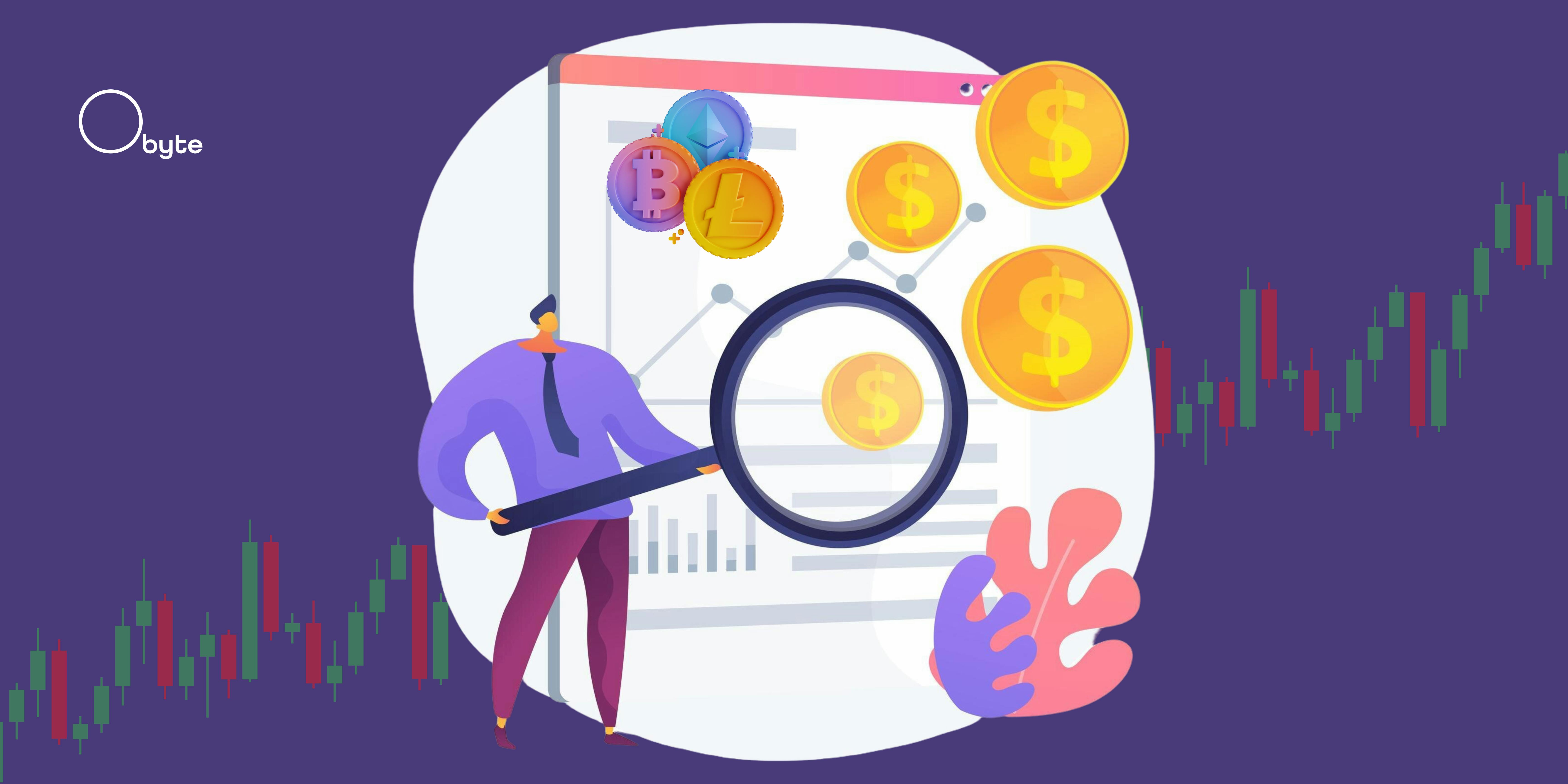Most cryptocurrencies are free and open-source software, which means anyone can use them at no cost. But maybe a thing you didn’t know is that different coins can share the same name because anyone can create a token and name it whatever they want. There's no global rule or trademark system to prevent duplicates. That’s how we ended up with numerous similarly named crypto coins, including but not limited to over 50 flavors of “Bitcoins” and “Ethereums” on CoinMarketCap (CMC), for instance.
The namesakes, of course, aren’t the same as the originals, and they all have different prices, features, and communities. Do you already know how to recognize the one you’re looking for? There are some pitfalls along the way. It's no coincidence that the teams behind these coins have taken the same name as the originals, after all.
Ticker, market cap, and codes
Pop quiz! You’re seeing two token pairs in a crypto exchange: USDT/BTC and USDT/BITCOIN. You want to buy the original Bitcoin with Tether. Which one do you select now…? If you chose “BITCOIN”, congratulations! You just bought some bits of an obscure Ethereum-based token called
Those coins’ shortcuts or symbols above are called tickers, and they often come in parentheses next to the cryptocurrency or platform name: Bitcoin (BTC), Ether (ETH), Obyte (GBYTE). However, if you’re looking at trading pairs, the names are likely not there, because they abbreviate tokens with tickers. You could expect that each coin must have its own ticker (and one that is not easy to change), but they can be repeated as well. You can double-check the real tickers on trusted sites like CMC or CoinGecko. Also, if you’re in an exchange, check more than the ticker (
Another helpful sign is the market cap: a coin’s price multiplied by circulating supply, or, basically, how big a coin is. Bitcoin and Ether are huge, with massive trading volumes and billions in market cap. If you see something with the same name but a tiny market cap and barely any trading activity, that’s a red flag. It doesn’t always mean it’s a scam, but it’s definitely not the original coin. This data is also available on sites like CMC and CoinGecko.
Want to go a step further? Look at the source code. Most legit cryptocurrencies have public code on GitHub. If you’re a beginner, look for signs like recent updates, lots of stars (those little bookmarks), and links to the code on reliable websites —yes, like CMC. If it looks abandoned or there’s no link at all, that’s your cue to be cautious.
Coins inside (and outside) networks
Well, now let’s talk a bit about wrapped tokens and different crypto networks. There’s this token called Wrapped Bitcoin (WBTC), for example, which has roughly the same price as Bitcoin and a very decent market cap. This one isn’t exactly a copy or a scam, but a version of Bitcoin created to be exported into other networks, like Ethereum or Obyte. Wrapped tokens are like stablecoins, but their price is anchored to the crypto they represent, rather than some fiat currency.
Sometimes, they’re not even called “Wrapped (Something)”, but you can tell they are because they’re not working in their original network, ledger, or chain. Bitcoin can’t work on Ethereum, or vice versa —not without an additional twist called a
In
Featured Vector Image by vectorjuice /


